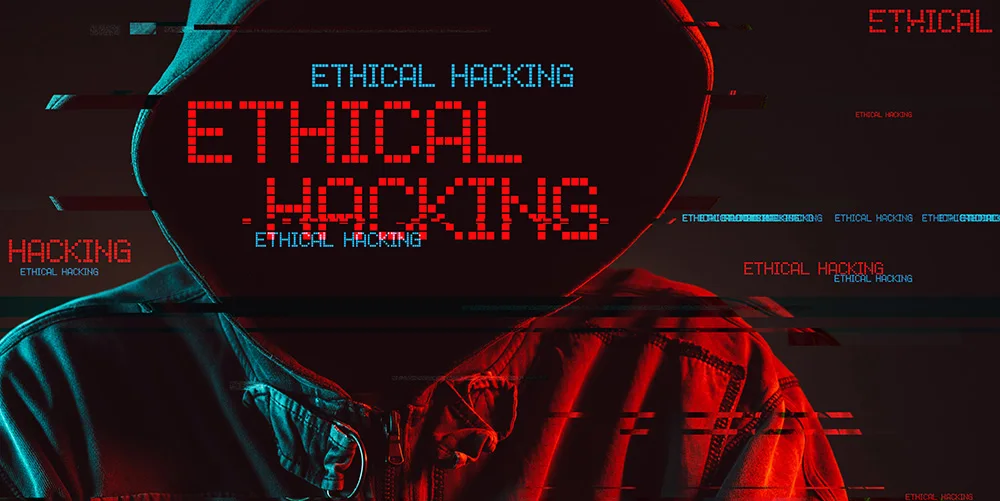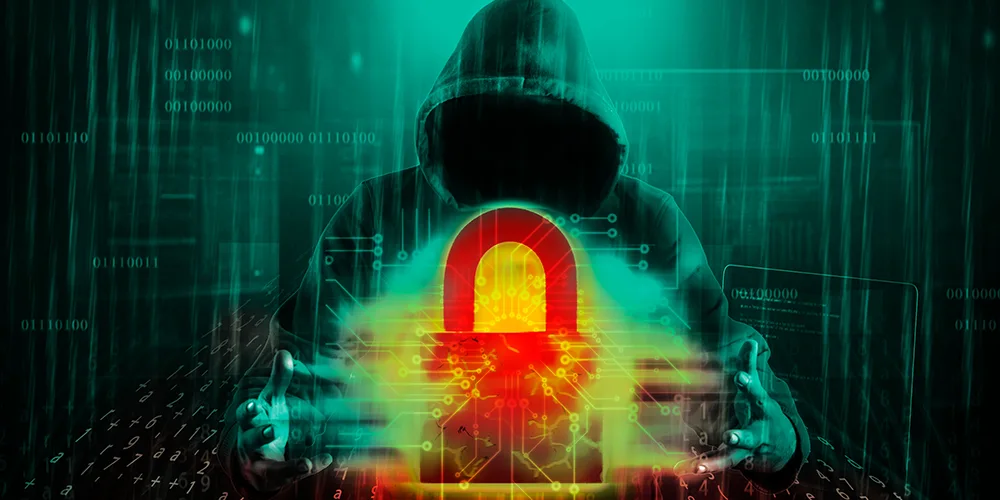The importance of cybersecurity contingency planning for businesses

Posted on December 12, 2024 by Peter Tooke
Whether you’re faced with a cyberattack or a natural disaster, a cybersecurity contingency plan will protect your interests and ensure business continuity during a catastrophic event.
From safeguarding your data to minimising damage and downtime, discover why cybersecurity contingency planning should be a key priority for any organisation.
What is cybersecurity contingency planning?
Many businesses have a contingency plan for keeping operations running in the event of a production emergency or natural disaster such as a fire or flood. Therefore, it stands to reason that companies should also afford their data and digital assets the same level of robust protection against a cyberattack.
The most reliable and failsafe way of doing this is with a cybersecurity contingency plan. It defines how a business will operate during a cyberattack, the steps required to minimise damage, and ensure normal service is resumed as quickly as possible.
A cybersecurity contingency plan is a business continuity and disaster recovery solution designed to steer a company and its workers through a digital crisis. It achieves this using:
- risk management
- rapid incident response
- data recovery
- ongoing threat analysis
A business with a concrete cybersecurity contingency plan is better placed to stop cyberattacks in their tracks, safeguard data and vital resources, and limit any damage to operations and company reputation.

What is the importance of a cybersecurity contingency plan?
Recent UK government official figures reveal that 50% of businesses and 32% of charities experienced some form of cyberattack in the previous 12 months. This rises significantly for large businesses (74%), medium businesses (70%), and high-income charities (66%) with annual income of £500,000 or more.
A cybersecurity contingency plan prepares organisations for cyberattacks or data breaches that can disrupt operations, compromise sensitive information, damage reputations, and even lead to huge fines and penalties for the victim.
By adopting a rigid cybersecurity contingency plan, businesses can respond quickly and effectively to a cyberattack, mitigate damage, minimise downtime, and ensure data recovery. Not only will it ensure operations continue, but it will help maintain trust with stakeholders and customers and demonstrate a proactive approach to data security and reducing long-term risk.
There are many reasons why all companies big and small should have a solid cybersecurity contingency plan.
1. Minimise damage caused by an attack
Implementing a cybersecurity contingency plan makes it harder for cybercriminals to hack into systems and steal valuable data. If they do manage to compromise your system, you can launch incident response defences and minimise any damage to operations. Many cybersecurity defence systems include full data backup plus the isolation of all infected networks or company devices to prevent further damage.
2. Ensure business continuity
Cyberattacks can be crippling for any business and cause widespread disruption across numerous departments and teams. It can lead to a significant drop in productivity and halt operations completely. Cybersecurity contingency plans help organisations prepare for a crisis, keep operations running to limit further damage, and avoid a loss of confidence from stakeholders and customers. Contingency plans typically involve safety features like break glass accounts that only become accessible in emergencies like cyberattacks. It is a type of global admin account that can restore access to employees and clients once cyber threats have subsided.
3. Rapid incident response
Time is of the essence when a cyberattack occurs. The longer cybercriminals have access to your system, the more damage they can cause. The fastest and most efficient way to respond to threats and isolate any danger is with a cybersecurity contingency plan. This allows your in-house security team or outsourced IT provider to identify the source of the threat and take immediate action to neutralise the attack in real-time, as it happens.
4. Save valuable time and resources
Cyberattacks can have dire financial consequences for any business. Quickly calculate the cost to your organisation if you had no accessible systems, data or financial info over a number of days, weeks or even months, it’s huge! Then there are ransom demands for returning stolen data and restoring essential services, as well as fines and penalties to pay for failing to protect sensitive information. All this can be hugely disruptive to business operations, but with a contingency in place, you’ll avoid ransoms, penalties, and damage repair and instead direct resources and energy into growing your business.
5. Enhance cyber resilience across the business
A cybersecurity contingency plan acts as a business-wide blueprint for guiding teams through a catastrophic event like a cyberattack. It should address all possible scenarios and outcomes and provide robust solutions to deal with threats. This makes teams more resilient and better equipped to cope with an attack.

How do you create a solid cybersecurity contingency plan?
A contingency plan is vital to your organisation’s ability to withstand a cyberattack. Not only does it mitigate the risks, but it minimises the loss of critical assets if an attack were to happen.
Here are some key topics to cover in your cybersecurity contingency plan.
1. Devise a clear reporting structure
Employees should know exactly who to report to in the event of a cyberattack. There should be a clear chain of command so that attacks are dealt with quickly and efficiently. You could appoint a manager in charge of emergencies like the head of your IT department or a senior supervisor. At the same time, senior leaders should communicate with all staff and ensure everyone is trained to report an attack or data breach to minimise damage.
2. Update legacy systems
Businesses should never rely on legacy systems, outdated security software, and archaic firewalls to protect their data and digital assets. Old systems make it easier for cybercriminals to infiltrate your cyber defences and wreak havoc across an organisation. IT leaders should always ensure all software and processes are up-to-date and offer the highest level of security. A cyber audit will run the diagnostics over your systems to check whether you have the correct measures in place to safeguard your assets.
3. Provide employees with cybersecurity training
The majority of data breaches are caused by human error, and businesses can reduce the risk of an attack and strengthen their human firewall with cybersecurity and phishing awareness training. The strength of your human firewall can make all the difference when it comes to protecting your data and assets. Proper cybersecurity training will bolster your defences and create a robust company culture of digital safeguarding. After all, every employee should know how to spot ransomware, a phishing email and other suspicious signs of a malicious attack.
4. Isolate infected devices
Cybercriminals scan for vulnerabilities across an organisation’s network to identify weaknesses they can exploit. Unsecured devices such as laptops and smartphones are an open target for cybercriminals and make it easier for them to compromise a system and steal your data. Therefore, it is important to isolate all infected devices to minimise the spread of a cyberattack when cybercriminals are inside your network. Similarly, network segmentation processes will quarantine the infected system and isolate it from the rest of the network to prevent further damage.
5. Backup vital resources
Data recovery is essential for business continuity in the catastrophic event of a cyberattack. Therefore, it is important to backup all critical resource within your organisation such as key data and sensitive customer information that cybercriminals are intent on stealing. The prospect of a data breach is never far away, so securing your vital resources gives you the best chance of minimising damage from a cyberattack and avoiding heavy losses, fines, and penalties.
6. Be aware of the latest cyber threats
Cybercriminals are constantly looking to exploit vulnerabilities and find new ways of infiltrating your network. Your security teams should always be up to date with the latest threat intelligence so they can spot suspicious activity and attack patterns as and when they occur. Some businesses that lack the resources required to stay on top of cyber threats choose to outsource their cybersecurity monitoring to an experienced IT provider.
In summary, any business that values the importance of data security should create a cybersecurity contingency plan. It will put a solid process in place for identifying malicious activity and dealing with cyber threats and data recovery in the event of an attack.
Does your business need help with creating a cybersecurity contingency plan?
As a trusted cybersecurity services provider, ramsac will work with your business to create a cybersecurity contingency plan specific to your needs. Protect your digital assets and data by contacting us today.







